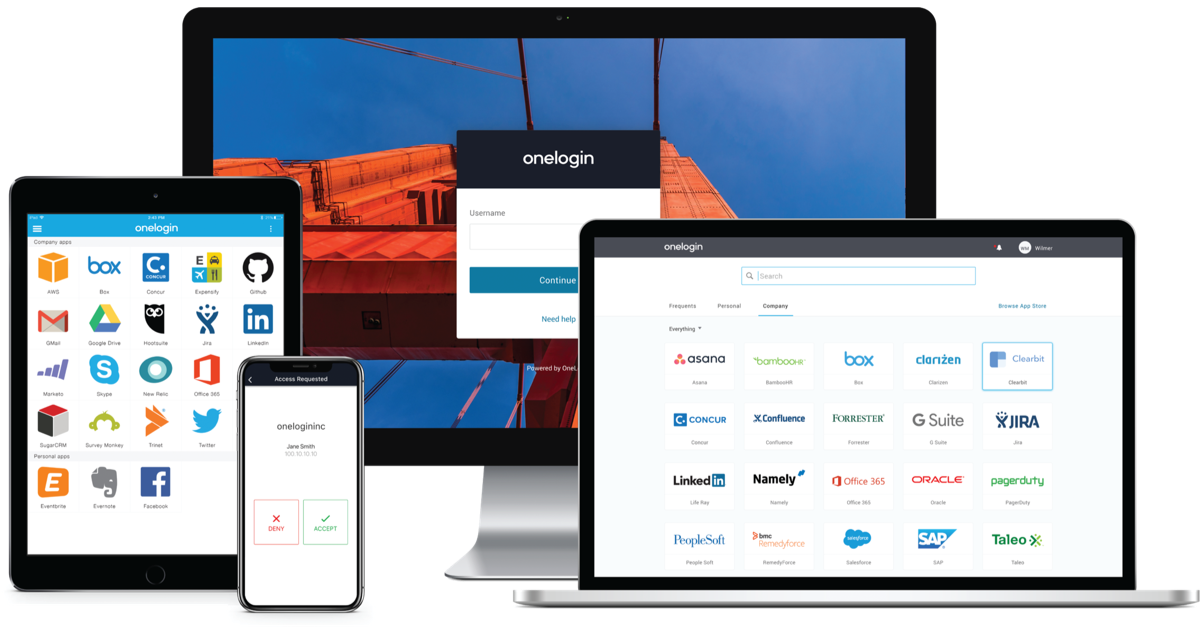
In today’s digital world, companies must keep up with ever-changing trends to remain relevant and secure. But this constant challenge comes at a cost for many organizations. According to a recent study from Gartner end-user spending for the information security and risk management market will grow from $172.5 billion in 2022 to $267.3 billion in 2026. Increasing investments in information security stem not only from the costs associated with implementation and maintenance of new security technologies but also from their often-hidden costs — such as replacing existing software that is no longer meeting business needs or manual processes required to complete certain tasks like password requests. With an increasing focus on reducing operational spend, more organizations are turning to Access Management (AM) solutions as one of the primary ways to achieve this. In this blog, I will list four ways AM can help you to do the same.
But First…What is Access Management?
An access management solution enables organizations to manage user and access privileges granted to those users. It’s designed to provide centralized visibility and control of user identities across an organization’s cloud, data centers, and on-premises environments. It also enables secure access to resources via multifactor authentication. AM ensures that the right people and job roles in your organization (identities) can access the tools they need to do their jobs.
How Can AM reduce our Operational Spend?
- Cost reductions tied to onboarding and offboarding efforts. Manual activities may seem minor, but the costs associated with them can have a serious impact on your organization. Based on a recent Ernst & Young study, performing a single manual entry of HR data without self-service technology resulted in an average estimated cost of $4.70 in 2021, and in some cases reached as high as $19.77. This figure included the labor and non-labor costs required for all the steps in the process, producing the forms (plus related costs for printing, copying and postage), double-checking the accuracy of the data, and transferring the information into an HR system. By deploying the latest AM platform, you can reduce onboarding time to minutes instead of days, enabling faster employee productivity and increasing IT efficiency.
- Driving worker productivity with day-1 access to applications and corporate systems. At organizations that do not use AM, employees often must search through long lists of apps to find the ones they need, and they may have to wait days or even weeks for obtain access to these. With AM, account creation and management can be fully automated using workflow-driven user provisioning and multi-directory identity and resource administration. In addition to lowering costs needed to perform this type of task, consider this – assuming an average salary of $50,000, every day of lost work due to slow provisioning would cost an enterprise, school, or governmental agency nearly $200. A large company with 500 new hires per year could easily lose $100,000 to $2M per year. When the Identity Defined Security Alliance researched how onboarding was being achieved, they found that in a majority of organizations surveyed (72%) it took at least a week for a typical worker to get access to required systems. This is not surprising given only 23% of those surveyed referenced their system access enablement was automated. This delay in granting access not only impacts productivity but can be a morale buster for a new worker who is unable to hit the ground running.
- Reducing fraud, risk, and compliance (Fraud-R-o-C). One of the primary ways to reduce operational spend is to ensure that users can log in easily and securely across an organization. An effective way to do this is to implement single sign-on (SSO). SSO enables users to access any number of systems with their corporate credentials, while allowing IT to control which systems those users have access to. A clear benefit when utilizing SSO is that it reduces the number of passwords needed for each user account. This effectively shrinks your password-attack surface, which in turn reduces your odds of being the victim of the next successful data breach. When you consider that the cost of a breach in 2022 averaged $4.35million, the security gains from SSO alone make it worthy of your attention. Enforcing Multi-Factor Authentication (MFA) is another way businesses can reduce the operational cost of IT security. When a text message or fingerprint is required prior to users accessing accounts that hold sensitive information or controls, it makes it that much more difficult for an organization to suffer a breach event. Microsoft states in this article why MFA is so critical: “By providing an extra barrier and layer of security that makes it incredibly difficult for attackers to get past, MFA can block over 99.9 percent of account compromise attacks.” With MFA, knowing or cracking the password is not enough to gain access.
- Business processes optimization – By streamlining processes, you can reduce the amount of time required to complete them, improve efficiency, and reduce operational costs. The most effective way to reduce IT costs is with self-service password resets. Self-service password reset saves money in two ways: First, it reduces the number of helpdesk calls, which are expensive both in terms of human resources and in terms of customer satisfaction. In fact, organizations can spend between $20 and $70 on a single help desk ticket for resetting a forgotten password. Keep in mind password resets account for 30% of help desk calls. An added benefit to self-service password resets is that the makes it easier for employees to get back to work more quickly, improving their productivity and, therefore, the company’s bottom line.
In short, as access management solutions allow for tighter controls on user permissions and simplify the process of logging in to an organization’s assets, it becomes easier to reduce operational spend. The streamlined process of authenticating users also helps organizations to meet regulatory compliance requirements, like PCI DSS and mitigate any potential regulatory fines or additional business disruption tied to legal costs, brand damage, and revenue loss.
What is the ROI of an Access Management Solution?
While it can be challenging to show how AM drives cost reductions across IT operations, it is possible. During a 30-minute phone call, I can tell you exactly how much ROI you can expect by implementing access management solutions for your workforce, partners, and/or customers. This analysis is also helpful as you fight for more budget or human resources or need to prioritize investments for critical strategic initiatives.

